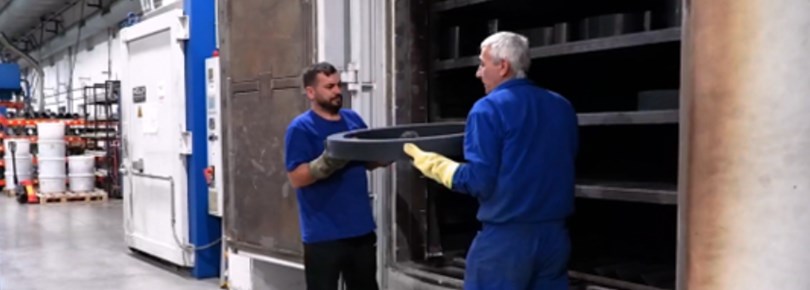What are the benefits of annealing?
April 2021

Annealing is the process of treating high-performance plastics with heat to make it easier to machine, the process changes the properties of the material increasing ductility and reducing hardness.
The annealing process involves heating the material to just above its glass transition temperature for a period of time and then allowing it to cool back down so the material can relax. This process relieves internal stresses that can potentially lead to cracking, wearing or degradation of the material. The annealing temperature and holding time are both dependent on the type of plastic being annealed.
Along with reducing the internal stresses in the material, annealing can reduce shrinkage, improve chemical and wear resistance and allow for tighter tolerances.
Annealing ovens are used to heat treat the materials in a consistent and controlled environment, depending on the materials this can take a few hours to a few days.
Annealing of high-performance plastic parts is dependent upon whether the part was injection moulded or machined from extruded or compression moulded stock shapes. In some applications, an injection moulded part can be annealed after moulding. In the case of parts manufactured from a stock shape, the annealing process would occur on the billet prior to machining to eliminate internal stresses induced during the extrusion or compression moulding process. In materials that have a high coefficient of thermal expansion such as PFA, it may be necessary to anneal the part prior to the final machining process.
Different materials react differently to the annealing process, so it is essential that your machine shop understands the material being used, this is where having expertise in the production of stock shape materials is beneficial to the overall quality and reliability of the machined part.
To find out how we can help your latest project contact info@fluorocarbon.co.uk!










